Unclaimed Bodies in Morgues: A Growing Crisis and a Sustainable, Cost-Effective Solution
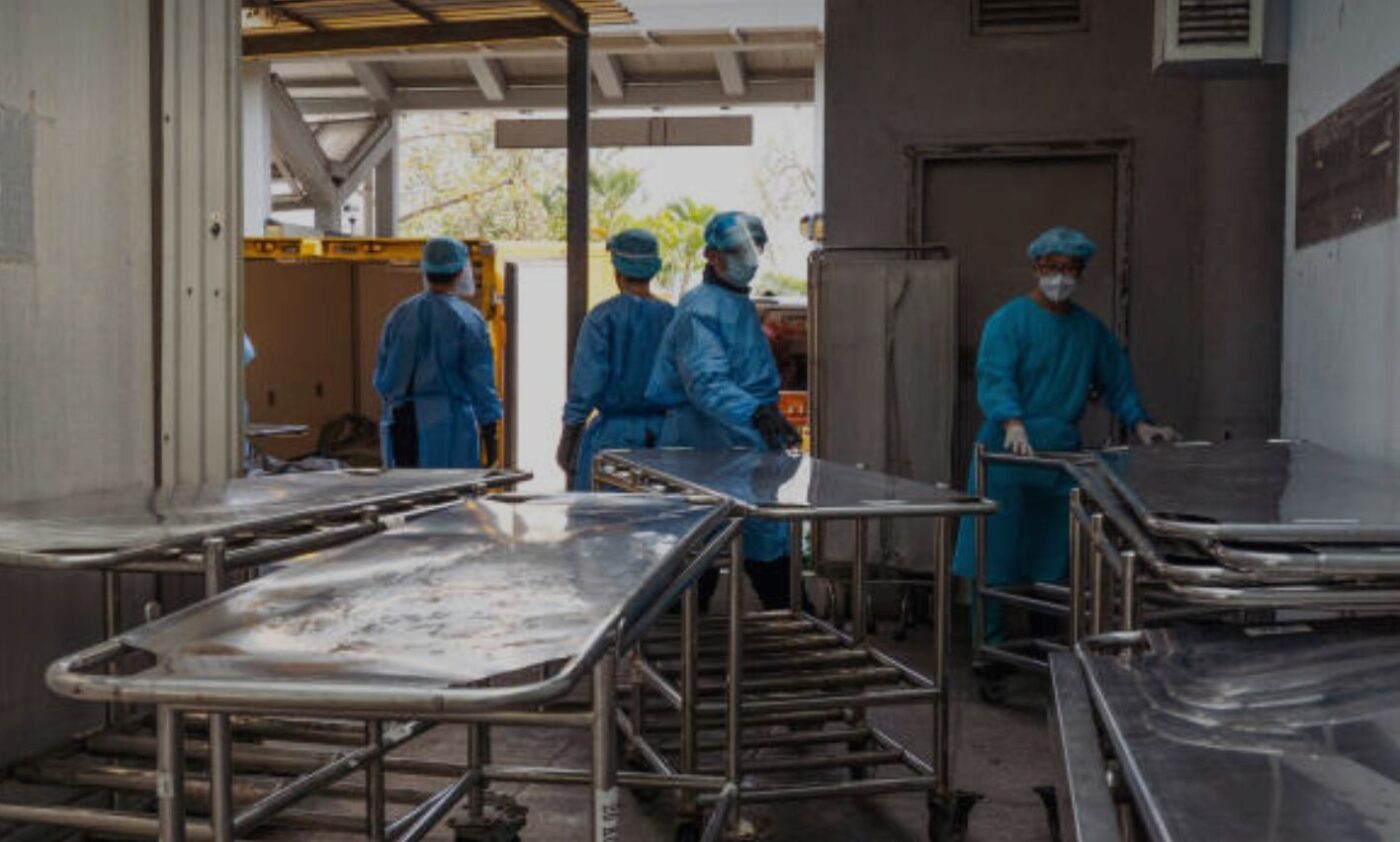
Why the Unclaimed Bodies Crisis Is Growing
Across the United States and globally, morgues are overwhelmed by rising numbers of unclaimed bodies. Economic downturns, public health crises, and shifting family dynamics have fueled this issue:
– Recession and unemployment: Families struggling with funeral costs may abandon remains.
– Opioid crisis and homelessness: Victims often have no next of kin.
– COVID-19 pandemic: Morgues used mobile refrigerated trailers and makeshift facilities for weeks or months.
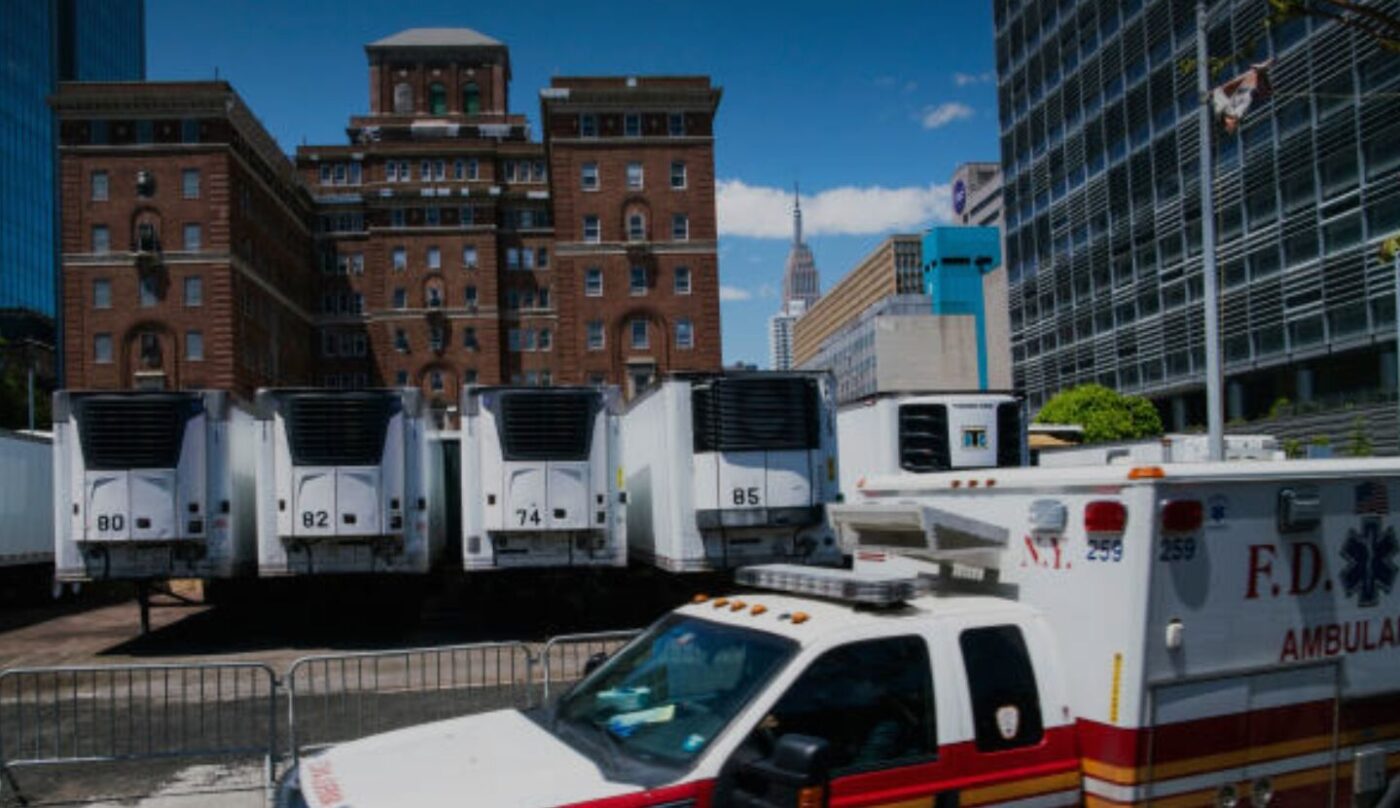
Industry reports estimate that 1% of annual deaths, about 34,000 bodies, go unclaimed in the U.S. alone. This creates storage bottlenecks, increased costs, and added strain on city and state budgets.
The Problem with Traditional Cremation and Burial
Governments often default to flame cremation or burial, both of which present challenges:
– High environmental impact: Flame cremation releases greenhouse gases and toxic emissions.
– Expensive logistics: Transportation to off-site crematoria increases costs.
– Infrastructure strain: Older crematories require costly air-filtration systems and maintenance.
As cities face tight budgets, these traditional solutions are increasingly unsustainable.
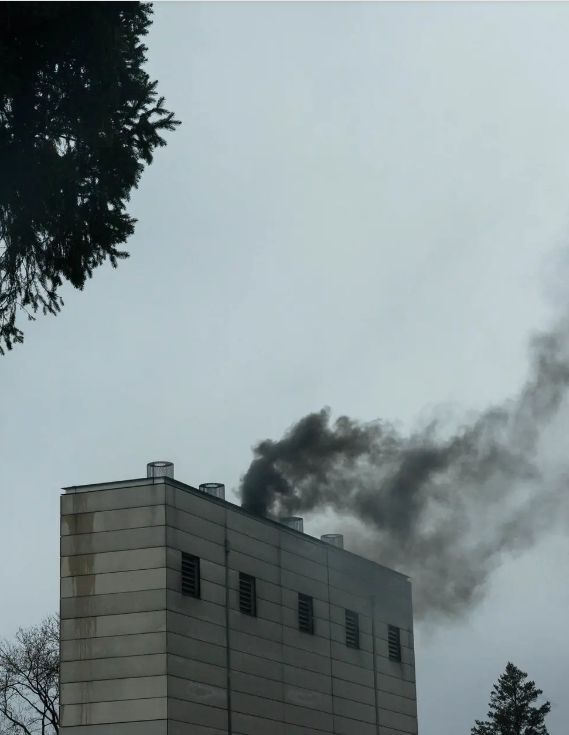
Alkaline Hydrolysis: A Low-Carbon Alternative
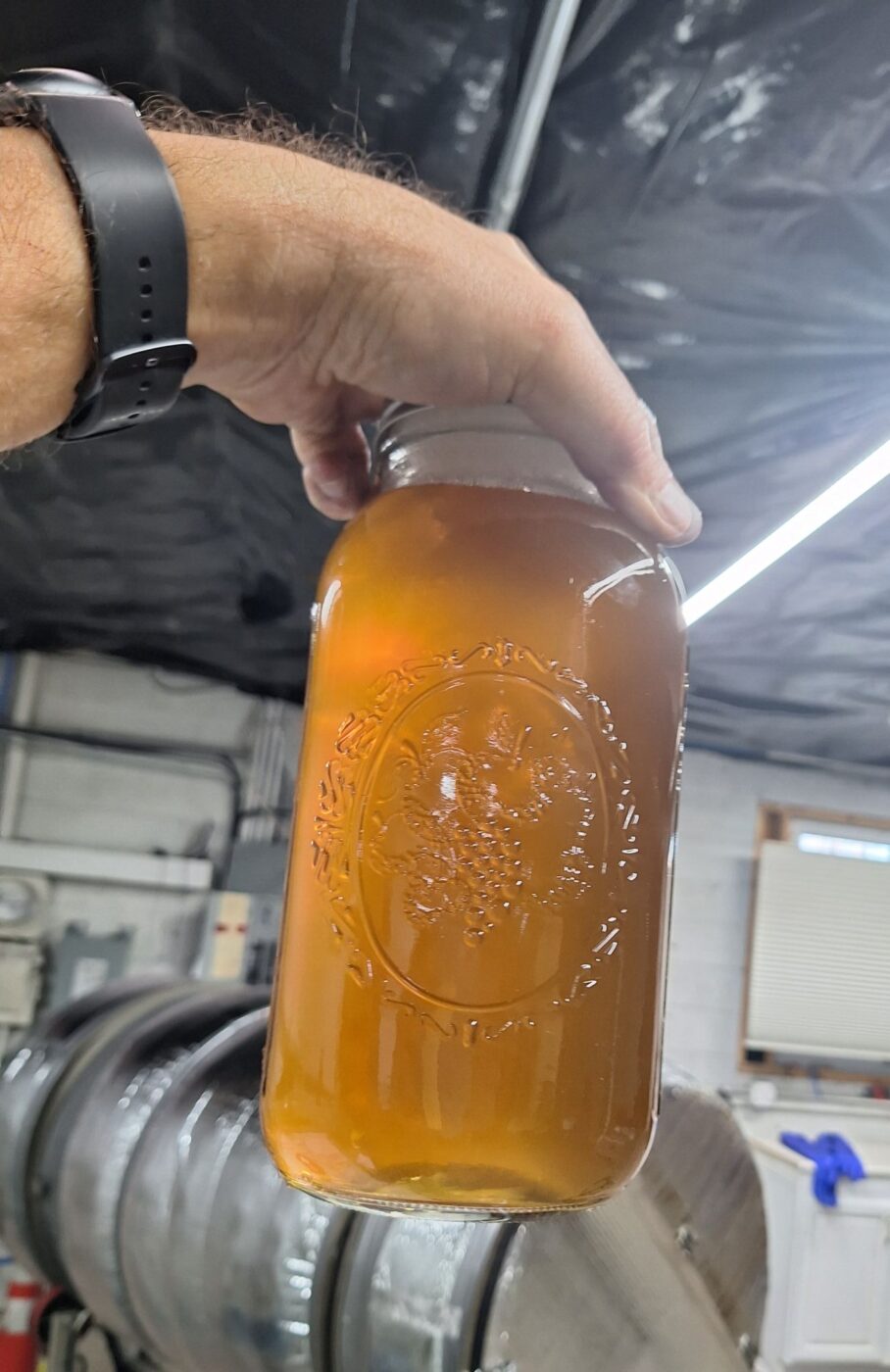
Alkaline hydrolysis (water cremation) is a proven, eco-friendly, and cost-effective alternative to flame cremation:
– Uses a water-based solution to gently break down tissue, leaving only bone fragments and sterile effluent.
– Zero air emissions, no odor, and minimal noise, allowing placement inside hospitals, morgues, or basement facilities.
– Consumes less than 200 gallons of water per process, roughly equal to a family of four’s daily water use.
– Generates a nutrient-rich liquid that with post AH treatment, can be safely discharged or processed into soil amendment.
Aquaternal’s Technology Advantage
Aquaternal’s patented rotational alkaline hydrolysis represents a fourfold improvement in speed over conventional water cremation for non-pressurized systems:
– 4-hour process time, on par with flame cremation.
– Low-temperature, non-pressurized system for safer operation.
– Heat recovery and water conservation built in to lower operational costs.
– Designed for urban installation to reduce costly transportation and logistics.
This innovation helps municipalities handle high volumes of unclaimed remains while advancing toward carbon-neutral death care.
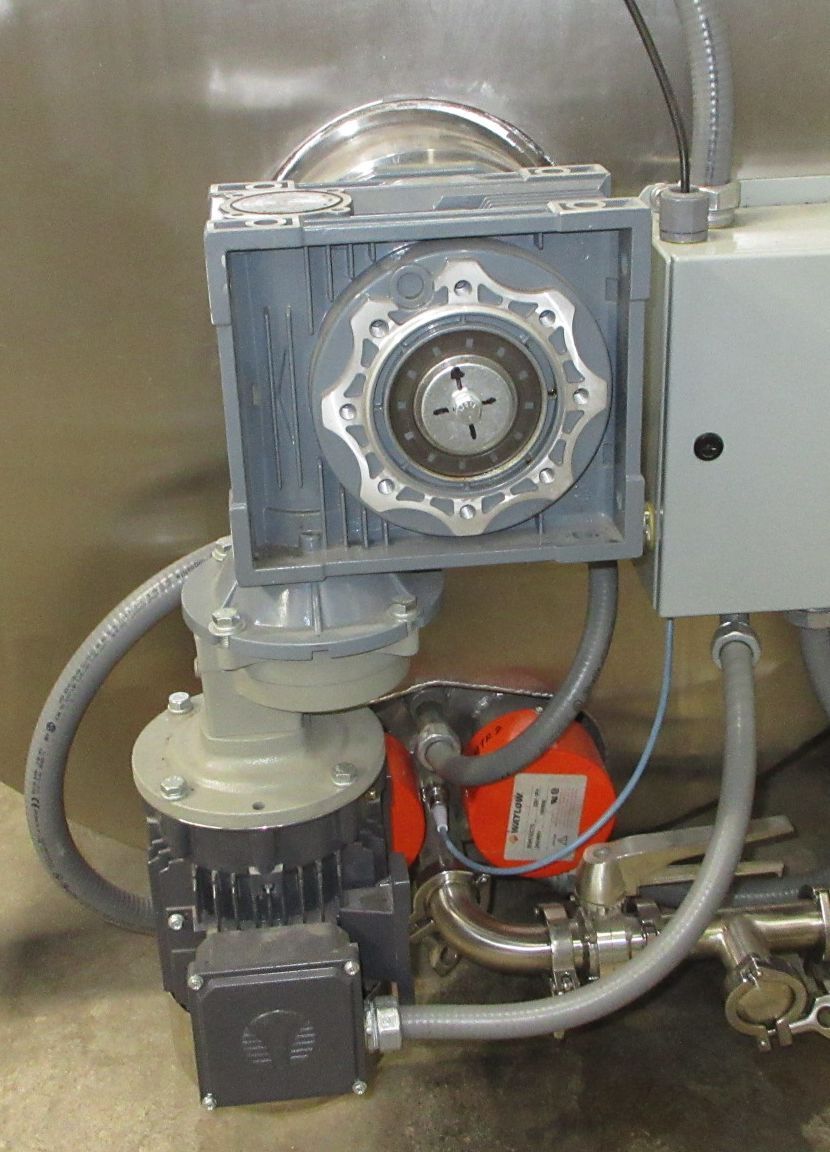
Legal Landscape and Growing Adoption
Alkaline hydrolysis is legal in 26 U.S. states and gaining legislative traction globally. With rising environmental awareness, governments and funeral service providers are adopting this approach as a future-ready standard. In Europe, momentum is building: Ireland has launched Europe’s first operational water cremation service (2023); the Netherlands has Health Council backing with legislation under consideration; and Flanders, Belgium, is running a government-commissioned pilot in 2025 to guide permanent rules. In the UK, the Law Commission is consulting on a framework for new funerary methods in England & Wales, while Scotland is progressing its own AH regulatory proposals through consultation and a dedicated working group. Together, these steps signal a clear shift toward regulated adoption in key markets.
To align with this accelerating global movement, we have advanced a PCT-filed concept for a next-generation single-vessel rotational AH system for respectful, efficient human disposition. This design aims to simplify installation, reduce permitting complexity, and shorten processing times within a compact footprint. By consolidating operations into a single vessel and standardizing utilities, training, and maintenance, the system is intended to make alkaline hydrolysis easier to adopt, helping regulators and providers transition from pilot projects to full-scale implementation worldwide.
Financial Impact for Local Governments
Traditional cremation of unclaimed remains costs $500–$1,500 per case in the US and is often covered by taxpayers. Switching to alkaline hydrolysis:
– Cuts fuel and infrastructure costs
– Reduces staff time and body transport expenses
– Frees public funds for healthcare, housing, and community programs
For cash-strapped municipalities, alkaline hydrolysis is a budget-friendly, scalable solution.
Adapting to The Future of Death Care: Scalable, Sustainable, Dignified
With economic uncertainty, climate change, and potential future pandemics, municipalities must invest in next-generation death care infrastructure. Aquaternal’s alkaline hydrolysis systems deliver:
– Environmental stewardship (carbon-neutral, water-smart)
– Operational efficiency (urban installation, low labor)
– Public health resilience (rapid decedent processing in crises)
This is more than a cost-saving measure, it’s a sustainable step toward dignified, responsible death care.
